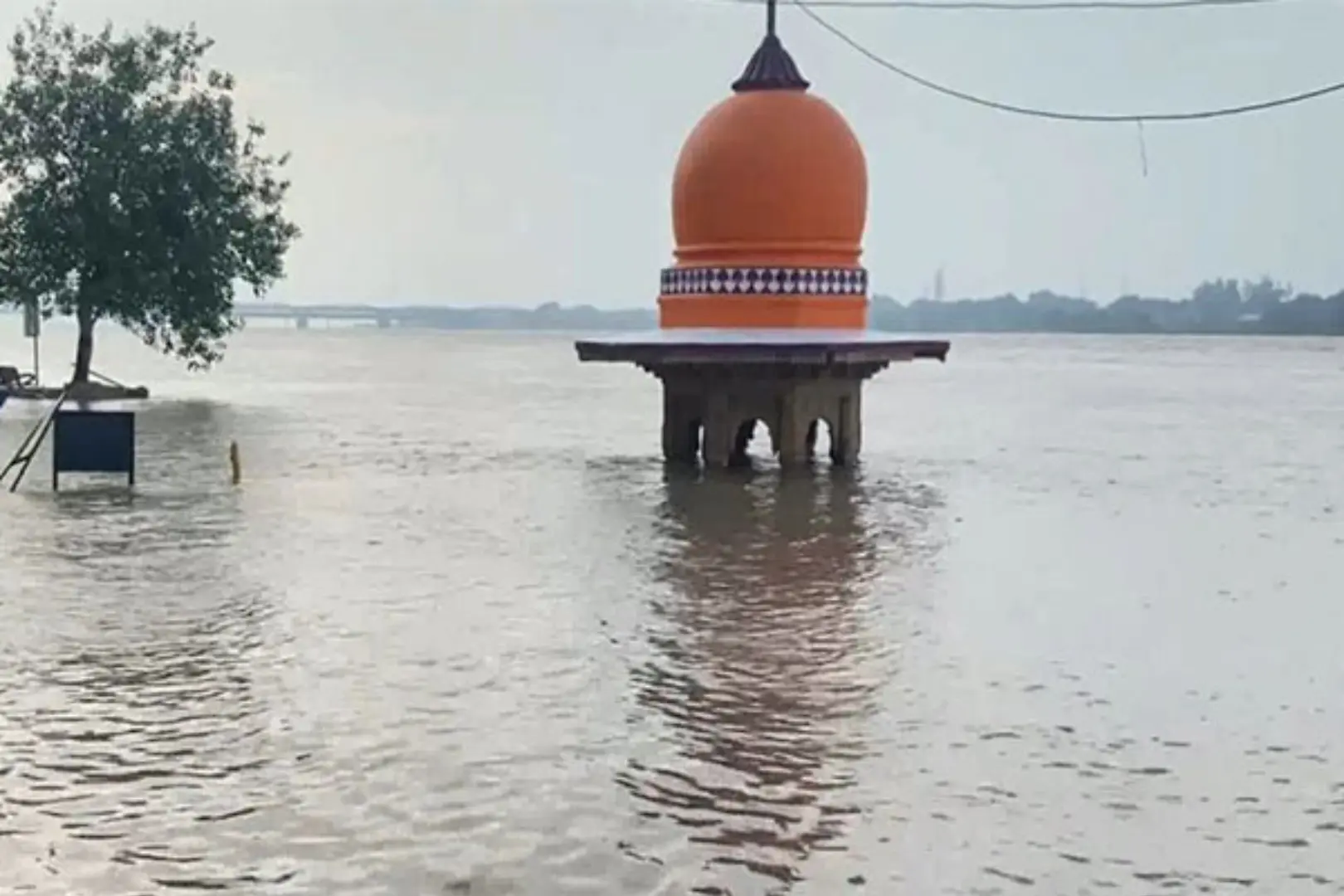18-Sep-2024, 11:00 AM
As the water levels of the Yamuna and Ganga rivers continue to drop, significant environmental changes are becoming evident, particularly with the exposure of silt and algae along their banks. This phenomenon raises concerns about the ecological health of these vital waterways, which are crucial not only for the surrounding ecosystems but also for millions of people who rely on them for their livelihoods.
Causes of Water Level Decline
The reduction in water levels can be attributed to several factors, including changing weather patterns, reduced rainfall, and increased water extraction for agricultural and urban needs. These conditions have led to lower river flow rates, exposing riverbeds that were previously submerged. As a result, silt—composed of fine particles from soil erosion and organic matter—has been left behind, along with algae that thrive in stagnant conditions.
Environmental Impact
The accumulation of silt poses multiple challenges for river ecosystems. Silt can reduce water depth, leading to increased risks of flooding during heavy rains as the capacity of the rivers to hold water diminishes. Additionally, as organic material in the silt decomposes, it consumes oxygen in the water, which can harm aquatic life. Fish and other organisms that depend on oxygen-rich environments may suffer as a result. Moreover, stagnant water conditions caused by low flow can lead to harmful algal blooms. These blooms not only degrade water quality but can also release toxins that are detrimental to both aquatic life and human health. The presence of algae can further complicate water treatment processes for communities that depend on these rivers for drinking water.
Mitigation Efforts
To address these issues, various strategies are being discussed by environmental agencies and local governments. These include:
- Silt Removal: Regular dredging and desilting operations can help maintain the depth of rivers and improve water flow. This process involves removing accumulated silt to restore the natural state of the riverbed.
- Reforestation: Planting trees along riverbanks can help stabilize soil and reduce erosion, thereby minimizing silt runoff into rivers.
- Water Management Policies: Implementing sustainable water management practices is essential to balance human needs with environmental conservation. This includes regulating water extraction and promoting efficient irrigation practices in agriculture.
- Monitoring Water Quality: Continuous monitoring of water quality can help detect harmful algal blooms early, allowing for timely interventions to protect public health.
Conclusion
The dropping water levels in the Yamuna and Ganga rivers highlight the urgent need for concerted efforts to address environmental degradation. As silt and algae become more prominent due to these changes, it is crucial for stakeholders to implement effective strategies that ensure the health of these rivers and the well-being of communities that depend on them. By prioritizing sustainable practices and ecological restoration, it is possible to mitigate some of the adverse effects associated with declining river health.




